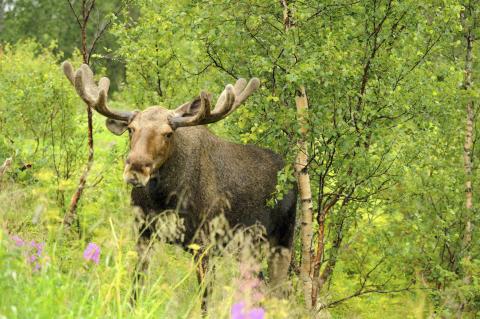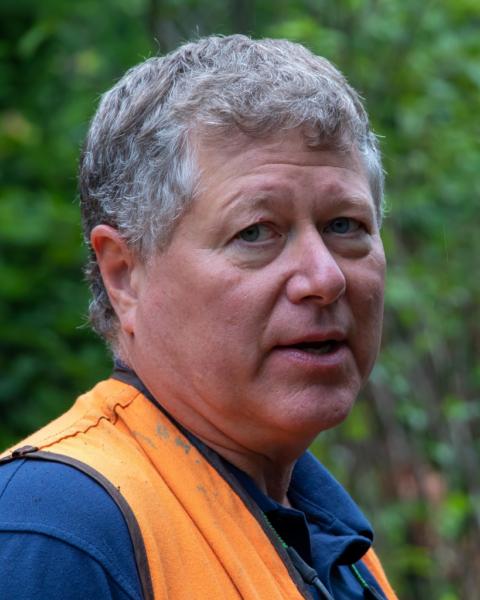New Tool for Identifying Wildlife Habitat

Identifying opportunities to enhance wildlife habitats requires knowledge, skills and experience related to interactions between soils, vegetation and the wildlife that use each type of vegetation. A new online tool helps professional managers simplify the process of compiling these complex interactions. The tool, called Dirt to Trees to Wildlife (DTW), simply requires a user to identify a piece of land by drawing it on a map. Behind the scenes, DTW identifies the soils on that land, the vegetation naturally supported by that soil and wildlife breeding habitats supported by each vegetation type. This information is compiled in a handy report to inform management decisions.
Because of past land-use, some types of vegetation often grow where other types of vegetation might be naturally better suited to grow. For example, much of the white pine in New Hampshire grows on abandoned fields even though the soil is naturally suited to grow sugar maple. Using the soil's natural tendencies, DTW helps users compare habitats supported by current vegetation types with habitats supported by potential vegetation types. Lists of wildlife species that use each habitat are provided, thereby identifying opportunities to enhance habitat for desired wildlife species. Of distinct interest are NH Species of Greatest Conservation Need. Specific management guidelines for these species are also provided.
DTW is based on decades-long work reflecting collaboration by soil scientists, foresters, researchers and wildlife biologists. It is largely funded by the U.S. Forest Service and the Randolph Community Forest in Randolph, NH.
In 2018, there will be a number of workshops to train users in use of the tool. To learn more about DTW, visit www.DirtTreesWildlife.org.

